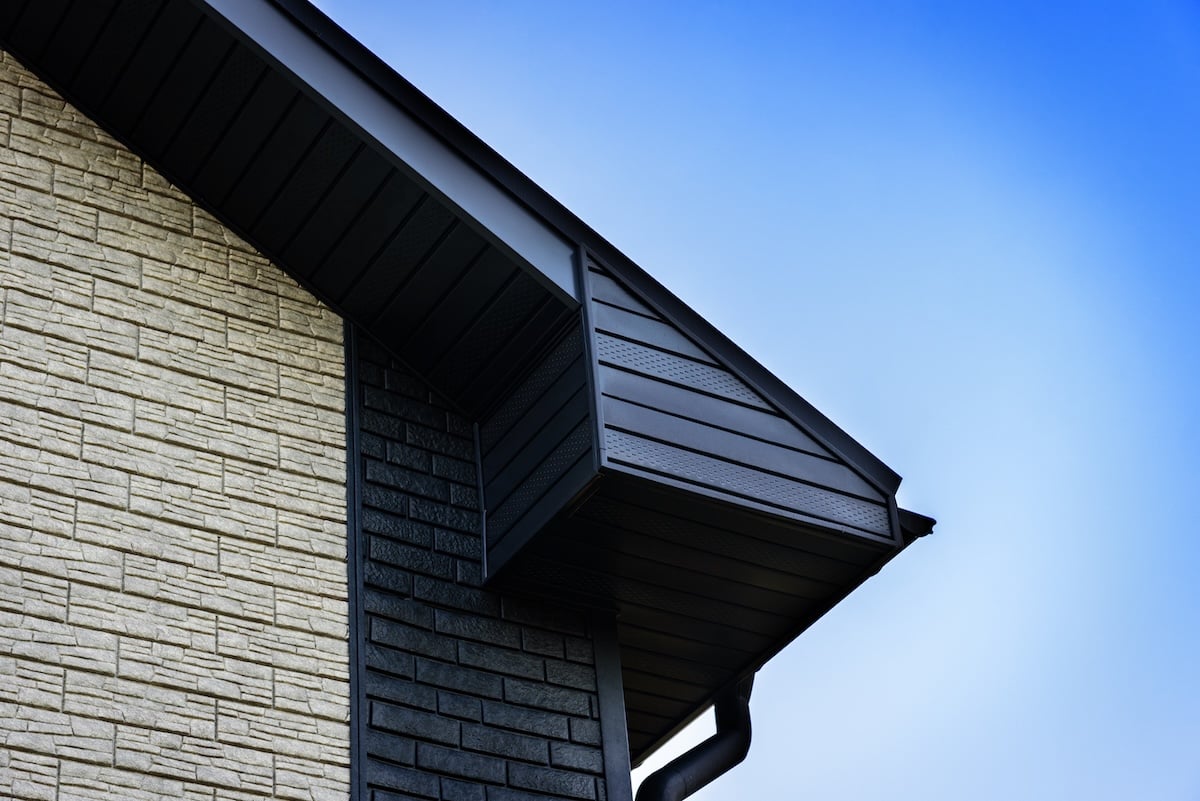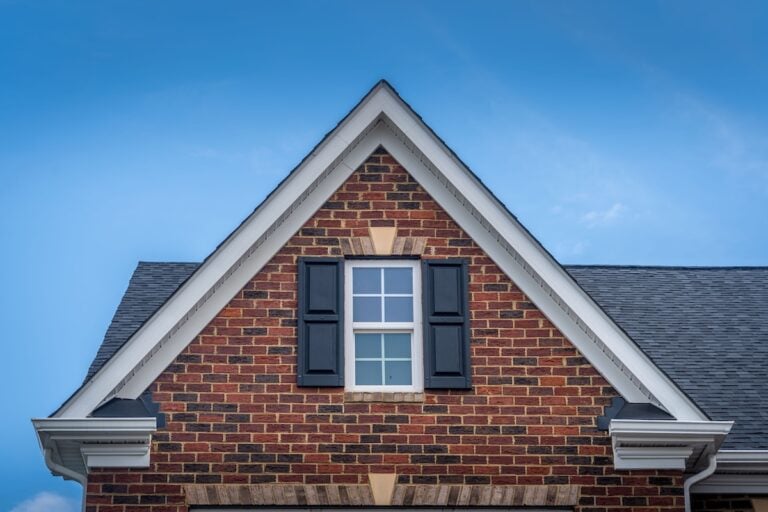Fascia boards protect your home’s roofline and support your gutters, but they don’t last forever. When these essential components start showing signs of wear, rot, or damage, replacement becomes necessary to maintain your home’s structural integrity and curb appeal.
Understanding fascia board replacement cost helps you budget for this important home improvement project. The average homeowner can expect to pay between $600 and $1,500 for fascia board replacement, though costs vary significantly based on several factors. This comprehensive guide will break down everything you need to know about fascia replacement costs, from materials and labor to factors that influence pricing.
Whether you’re dealing with storm damage, age-related deterioration, or planning a preventive replacement, you’ll find the information you need to make an informed decision. We’ll cover:
- Average costs for different fascia board materials
- Key factors that affect replacement pricing
- Signs that indicate you need fascia board replacement
- Professional installation versus DIY considerations
- Tips for choosing the right contractor
What Are Fascia Boards and Why Do They Matter?
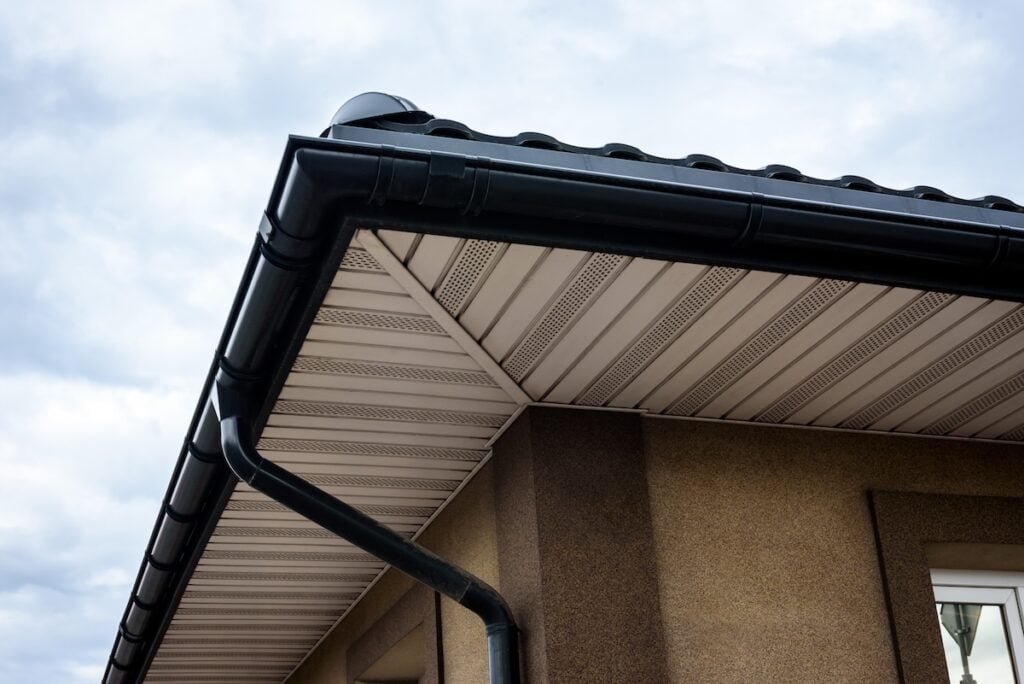
Fascia boards are horizontal boards that run along the roofline, positioned directly behind your gutters. These boards serve multiple critical functions for your home’s roofing system. They provide structural support for gutters, protect the roof edges from weather damage, and create a finished appearance for your roofline.
When fascia boards become damaged or deteriorated, they can’t perform these essential functions effectively. Water damage, pest infiltration, and gutter failure often follow when fascia boards are compromised. This makes timely replacement crucial for protecting your home’s overall structural integrity.
Average Fascia Board Replacement Cost
- Fascia board replacement typically costs between $600 and $1,500, with the exact price depending on your home’s size, materials, and local labor rates.
- Material costs make up 30-40% of the total, while labor accounts for 60-70%. Larger homes or extensive repairs will increase costs.
- Professional installation ensures proper fitting, weather sealing, and seamless integration with your roofing system.
| Material Type | Cost (per linear foot) | Pros | Cons |
| Wood | $1 – $3 | Natural beauty, easy to work with | Requires regular maintenance, prone to rot and insect damage |
| Composite | $3 – $5 | Durable, low maintenance, resists moisture, insects, and warping | Higher cost compared to wood |
| Aluminum | $2 – $4 | Excellent weather resistance, lightweight, minimal maintenance | Can dent, may not suit all architectural styles |
| Vinyl | $1 – $2 | Budget-friendly, good weather resistance, low maintenance | Limited aesthetic appeal |
7 Factors That Affect Fascia Board Replacement Cost
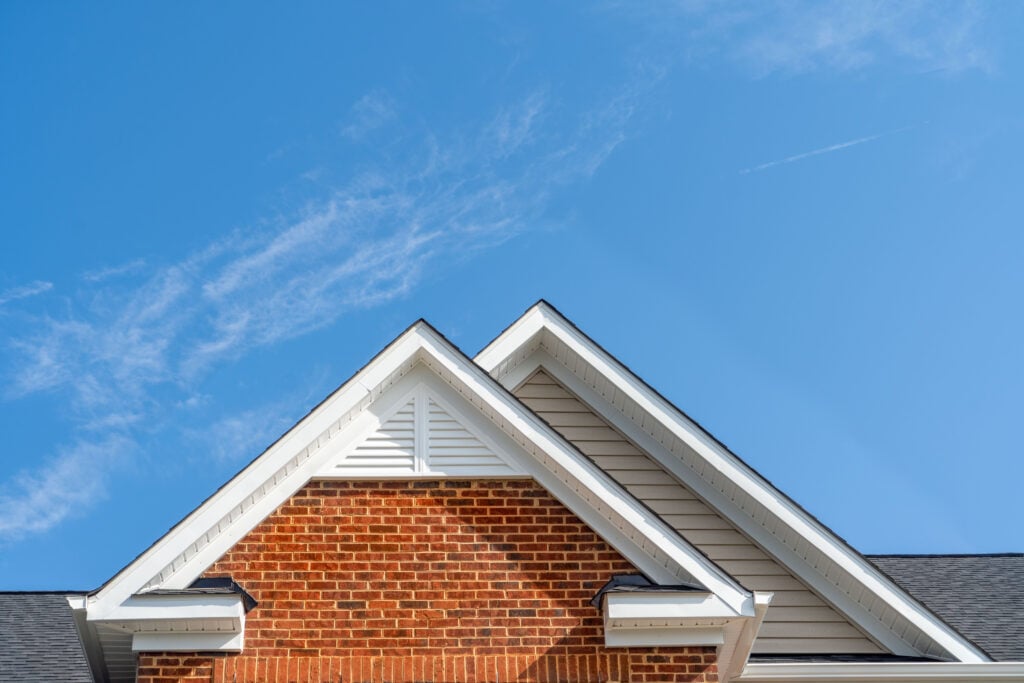
Understanding the factors that affect fascia board replacement costs is crucial for budgeting and avoiding unexpected expenses. Knowing what influences the price helps you make informed decisions and plan repairs effectively.
1. Home Size and Linear Footage
The most significant factor affecting your fascia board replacement cost is the total linear footage needed. Measure the perimeter of your roofline to estimate material requirements. Single-story homes typically need 100-150 linear feet of fascia board, while two-story homes may require 200-300 linear feet or more.
2. Material Selection
Your choice of fascia board material dramatically impacts both upfront costs and long-term value. While premium materials cost more initially, they often provide better durability and lower maintenance requirements over time.
3. Roof Height and Accessibility
Two-story homes and properties with steep rooflines require additional safety equipment and labor time, increasing overall costs. Complex rooflines with multiple angles, dormers, or architectural features also add to the installation complexity and expense.
4. Extent of Damage
If the underlying roof structure has suffered damage, additional repairs may be necessary before installing new fascia boards. Rafter damage, soffit replacement, or gutter system work can significantly increase project costs.
5. Geographic Location
Labor rates vary significantly across different regions. Urban areas typically have higher labor costs than rural locations. Local building codes and permit requirements may also affect overall project expenses.
6. Seasonal Timing
Roofing contractors often offer better rates during slower seasons, typically fall and winter months. However, weather conditions may limit when work can be safely completed.
7. Contractor Selection
Experienced roofing contractors may charge premium rates but often provide higher quality work and better warranties. Getting multiple quotes helps ensure competitive pricing while maintaining quality standards.
Signs You Need Fascia Board Replacement
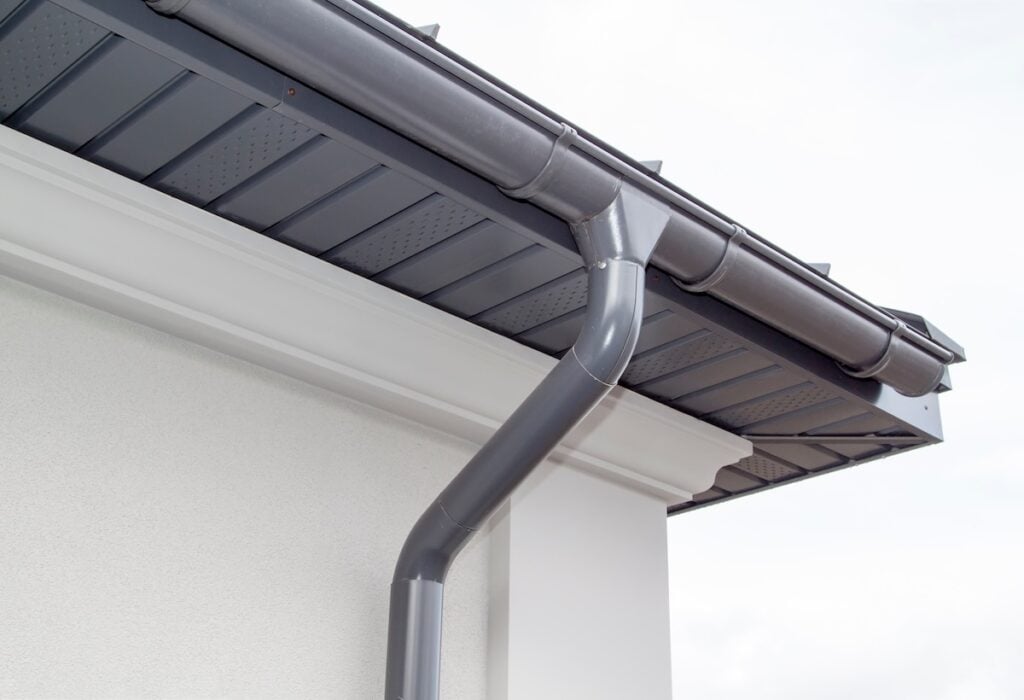
Recognizing when your fascia boards need replacement helps prevent more extensive and costly damage to your roofing system. Regular inspection of your roofline can identify problems early.
Visible Rot or Decay
- Soft, discolored, or crumbling sections along the roofline
- Common in wood fascia boards, especially in areas with poor drainage or ventilation
Sagging or Pulling Away
- Indicates structural failure
- Often caused by fascia boards unable to support heavy gutter loads during rain or snow
- Requires immediate replacement to avoid gutter system failure
Paint Peeling or Staining
- Signals moisture infiltration
- Surface treatments may temporarily fix cosmetic issues
- Persistent moisture issues often require board replacement
Pest Damage
- Insect holes from carpenter ants, termites, or wood-boring insects
- Birds and small mammals nesting can weaken structural integrity
⚖️ Professional Installation vs. DIY Considerations
While some homeowners consider DIY fascia board replacement to reduce costs, this project involves significant safety risks and technical challenges.
Safety at Roof Height
Working at roof height requires proper safety equipment and experience. Professional contractors have the tools, insurance, and expertise to complete the work safely.
Benefits of Professional Installation
Professional installation typically includes proper weatherproofing, integration with existing roofing components, and warranty coverage. Contractors can also identify and address underlying issues that might not be apparent to homeowners.
Risks of DIY Installation
DIY installation might save on labor costs but could result in poor fitting, inadequate weatherproofing, or safety incidents. Many homeowners find that the cost of tools, materials, and potential mistakes makes professional installation a better value.
🏠 Protecting Your Investment with Palladium Roofing
When it comes to fascia board replacement cost and quality installation, you need a contractor you can trust. At Palladium Roofing, we understand that protecting your home’s roofline is about more than just curb appeal—it’s about safeguarding your entire roofing system.
Don’t let damaged fascia boards compromise your home’s protection. Contact Palladium Roofing today for a complimentary inspection and detailed estimate. We’ll help you understand your options and provide the expert installation your home deserves.


